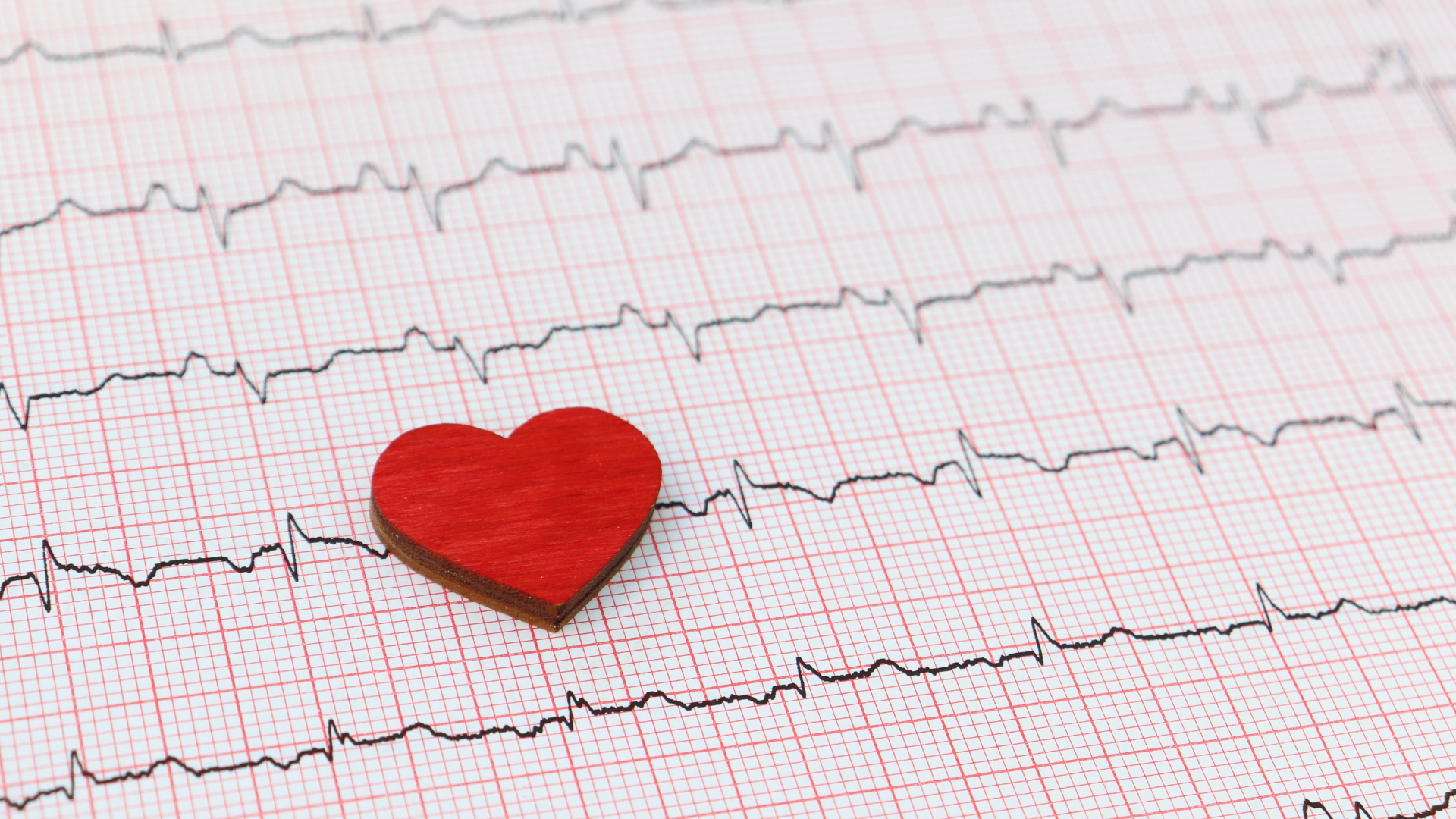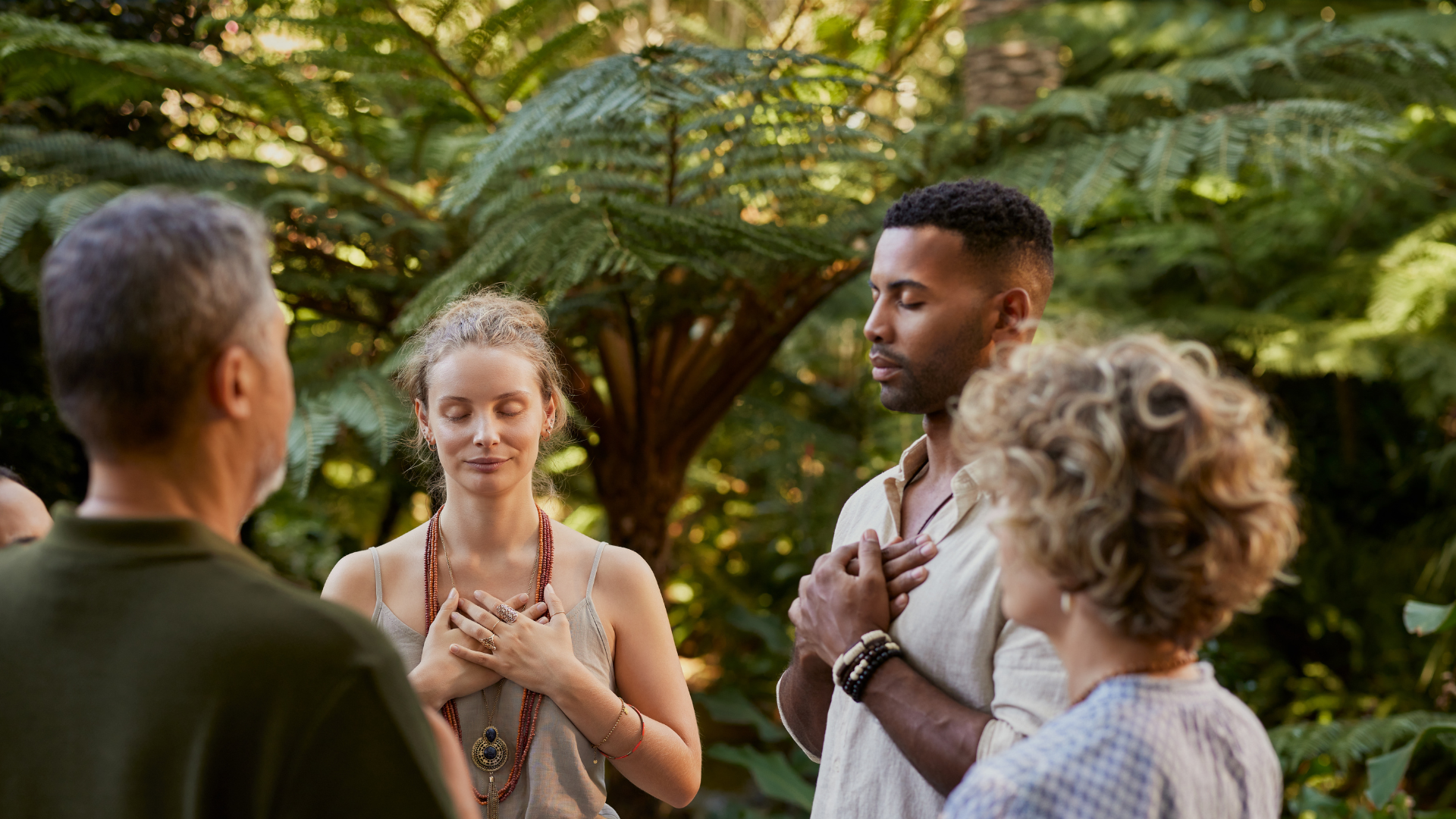Head vs. Heart? Why the Answer Is Both—And How to Live in Alignment
“It is the heart that sees before the head can see.” —Thomas Carlyle
There is a quiet voice inside you. You’ve heard it before.
It whispers in the moments between your thoughts—the pause before you say yes when your body means no, the hush of longing before you dismiss it as impractical.
But here’s the truth: that quiet voice is your soul. And when we ignore it, we don’t just miss opportunities—we miss ourselves.
How We Talk Ourselves Out of Desire
We do it all the time.
The invitation that excites you—your heart leaps, you feel the pulse of “this is it.” Then the mind swoops in: You’re not ready. What if you fail? Better wait until you’ve sorted everything out first.
The relationship where you feel alive—your chest warms every time you’re near them. And yet the head insists: They’re not what your friends would expect. Be sensible. Don’t risk looking foolish.
The career shift that lights you up—you can already taste the freedom. But then: What about the mortgage? What if it doesn’t work? Stay where it’s safe.
Every time we silence the heart in favour of logic, we cut ourselves off from vitality, wonder, and the deeper rhythm of life.
Heart-Led, Soul-Aligned: What It Really Means
To live heart-led is to move with integrity of being—to let the decisions of your life be guided by resonance, not just reason.
Being soul-aligned does not mean life becomes easy or without challenge. It means that even in uncertainty, you feel rooted in your own truth.
The ego is loud. It shouts, demands, catastrophises. Its favourite words are should and must.
The soul is quiet. It nudges, whispers, softens. Its favourite words are yes and here.
The ego says: You’ll only be safe when you control everything.
The soul says: You are safe when you listen to me.
The ego strategizes survival.
The soul calls you to expansion.
Trust grows each time you choose the whisper over the shout. Each time you take a step that doesn’t “make sense” but feels like oxygen in your chest.
Not Head or Heart—But Integration
Here’s the truth most people miss: you don’t have to choose between head and heart.
Your mind is a brilliant tool, designed to structure, plan, analyse. But without the compass of the heart, it can overthink itself into paralysis.
Your heart is the seat of intuition, coherence, and alignment. But without the clarity of the head, it may never ground its vision into form.
When they work together, something extraordinary happens:
The heart whispers your true direction.
The head lays down the steps to get there.
This integration is like a lighthouse: the heart provides the radiant beam—the compass of truth—and the head builds the tower to carry that light into the world.
To be truly aligned is not to abandon the head for the heart, but to let the head serve the wisdom of the heart.
The Science of Heart–Brain Coherence
Poetry meets physiology here.
Your heart is not just a pump—it’s a powerful intelligence system:
The heart has its own nervous system (sometimes called the “heart brain”), with over 40,000 neurons that communicate directly with the brain.
The signals your heart sends upwards influence emotional processing, decision-making, perception, and even problem-solving.
The heart produces the body’s strongest electromagnetic field, measurable several feet outside the body, which shifts depending on your emotional state.
When we are stressed, our heart rhythm is jagged and erratic. This incoherence makes it harder for the brain to think clearly or regulate emotions.
But when we practise heart-focused breathing or cultivate emotions like gratitude, compassion, and love, the heart’s rhythm becomes smooth and ordered—a state called coherence.
HeartMath Institute research shows that in coherence:
The nervous system calms.
The brain and heart synchronize.
We think more clearly, respond more creatively, and feel more resilient.
This is why you feel better when you “follow your heart”—because you’re literally bringing your physiology into harmony. It’s not just poetic; it’s measurable.
Practices to Strengthen Heart Wisdom
These practices are less about effort and more about attunement:
Heart-Centered Breathing (HeartMath Institute)
Close your eyes. Rest your attention in the center of your chest. Slow your breath to a rhythm of five seconds in, five seconds out. Imagine you are breathing through your heart-space. Continue to breathe in and out through the center of your chest. (Want me to guide you through it step by step? Watch my short Instagram video here.)
Notice how your body feels.
Ho‘oponopono: Clearing the Channel
The Hawaiian practice of reconciliation, Ho‘oponopono, restores harmony by speaking truth:
I’m sorry. Please forgive me. Thank you. I love you.
Whisper these words over again a few times. Allow yourself to soften into these words. Speaking them from your heart. You can speak them to yourself, to someone you’re carrying in your heart, or to the world at large.Feel how forgiveness creates spaciousness for the soul’s voice to return.
Values as Compass
Write down three to five values that feel most alive for you this season. (If you need inspiration, Brené Brown’s list of values is a beautiful starting place.)
Each time you make a decision, ask: Does this honour at least two of my values? If not, the answer is no—or not yet.
A Poetic Reminder
Your head will give you safety.
Your heart will give you life.
The head calculates what could go wrong.
The heart illuminates what could go right.
The head wants guarantees.
The heart wants truth.
And here’s the deepest secret: your heart never lies.
Your Invitation
To live heart-led is to remember: you are not here to meet the world’s expectations. You are here to embody your soul.
So this week, pause. Listen for the whisper. It may arrive as a flutter in your chest, a softening in your breath, a quiet knowing that feels like yes.
Then take one step—however small—in its direction.
That is how trust is built.
That is how alignment is lived.
That is how the soul leads.
Integration for this week: Choose one practice and use it with one real decision. Then notice: What shifted in your body? In your behaviour? In your sense of self?



